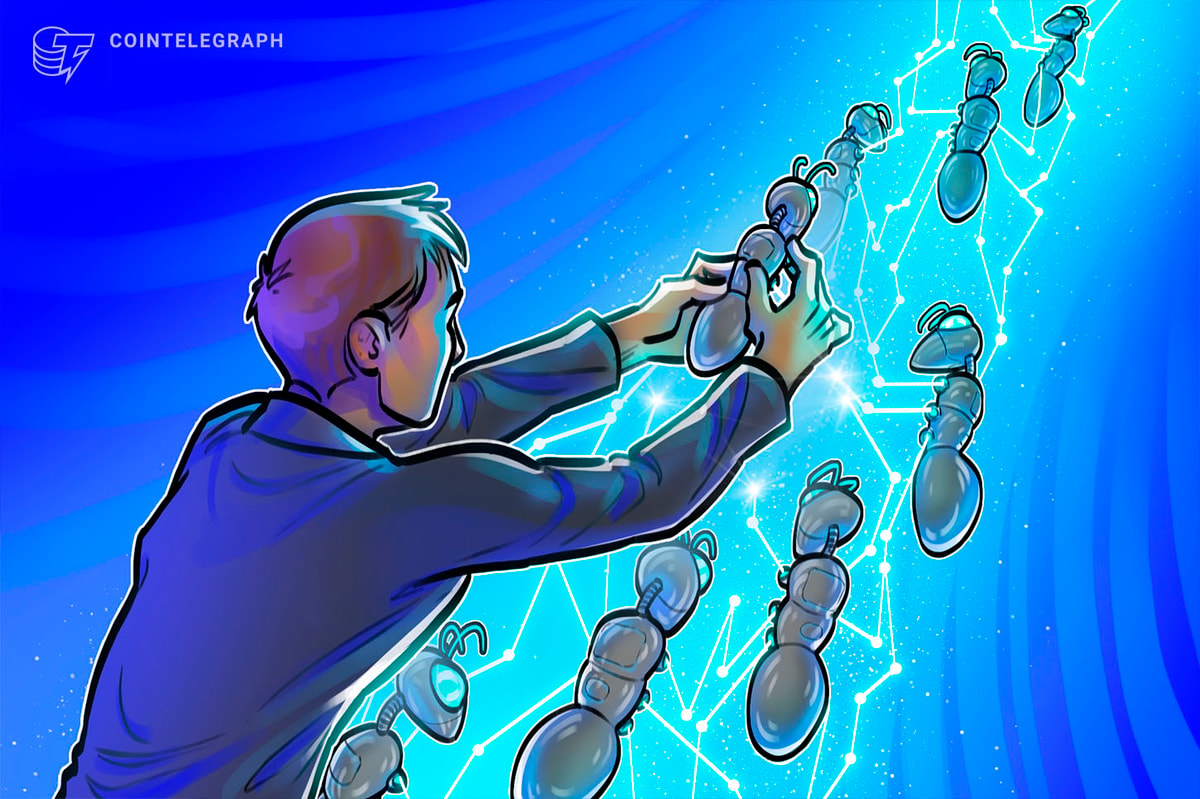Santa’s dark web tactics include disguised ads, buried terms, and creepily claiming he knows when you are sleeping, he knows when you’re awake.
 The Federal Commission (FTC) released its annual pre-Holiday report (the “Report”) explaining “how companies are increasingly using sophisticated design practices known as ‘dark patterns’ that can trick or manipulate consumers into buying products or services or giving up their privacy.”[1] Although not specifically identified in this Report, sources claim that Santa has been under investigation for increasingly using “dark patterns” to improperly discover when each of the world’s 2 billion children are sleeping or awake, when they’ve been bad or good, and other personally identifiable information (e.g., have they seen mommy kissing Santa Claus).
The Federal Commission (FTC) released its annual pre-Holiday report (the “Report”) explaining “how companies are increasingly using sophisticated design practices known as ‘dark patterns’ that can trick or manipulate consumers into buying products or services or giving up their privacy.”[1] Although not specifically identified in this Report, sources claim that Santa has been under investigation for increasingly using “dark patterns” to improperly discover when each of the world’s 2 billion children are sleeping or awake, when they’ve been bad or good, and other personally identifiable information (e.g., have they seen mommy kissing Santa Claus).
The Report made clear that “dark patterns” have nothing to do with designs for ugly Christmas sweaters. However, confidential sources say the FTC will argue in several imminent enforcement actions that the sale, advertising or display of such sweaters, particularly those that portray Santa as a dog or cat, constitutes “unfair and ultra-annoying” acts and practices in violation of Section 5 of the Federal Trade Commission Act. (No actions have yet been taken regarding the newer phenomenon of ugly Hannukah sweaters; but one more dancing latke and the FTC has had it.)
FTC whistleblowers claim that, because approximately 1.8 billion of the 2 billion children contacted by Santa are age 13 or under, any attempt to extract personal information from these children violates the Children’s Online Privacy Protection Act (aka “CHILLIN’”) unless Santa obtains verifiable parental consent. In the several enforcement proceedings being prepared by the FTC to validate its position, attorneys for Santa say they plan to defended on the grounds that (1) parents invariably want him to have this information (for purposes of gift-giving and an occasional kidnapping) and (2) it is unconstitutional to prohibit sensible 10-13 year-olds from sharing their names and contact data until they get consent from adults, a good third of whom believe they are about to receive $2M from a deposed Nigerian president. In response to Santa, however, several federal courts held that CHILLIN’ requires parental consent, with the 12th Circuit famously noting: “Mr. Claus would be well-advised to withhold further attacks on parents, given that his ultra-seasonal business (taking place over only 6 hours each December 25th) depends substantially on their generosity, guilt and gullibility.”
The Report also shows how toy companies are increasingly using sophisticated “dark patterns” to trick or manipulate children into adding to their holiday gift list crazily expensive products they will stop using after 10 minutes due to boredom or breakage, and which their parents would never consent to buy unless victimized by a scam (or high on Eggnog). The Report identifies several new and specific dark tactics, including:
- Phishing: Inviting children to enter their parents into a raffle to win Phish tickets by submitting parental banking information, when in actuality there is no Phish concert: it’s the Red Hot Chili Peppers.
- Spears-fishing: A similar ruse, except using Britney Spears concert tickets as the lure. Though less successful, this still snares many innocent children, as well as adolescent boys. Dark actors sometimes make these phishing tactics more effective by threatening guardianship proceedings over children who don’t cooperate.
- Fisher-Pricing: A nefarious ruse whereby (to use official FTC jargon) children are hoodwinked or bamboozled into signing up for costly toy-of-the-month club programs with established manufacturers that are almost impossible to terminate (like cancelling an Apple TV subscription or a Holiday dinner with your parents).
- Pishing: Forcing children to share family banking information by threatening to expose them as bedwetters. This is sometimes – but less popularly – called the “Nocturnal Micturition Debasement” scam. (The FTC will stick with “Pishing.” It cautions against confusing this with the “Phlushing” scam, whereby threats to disseminate bogus embarrassing blocked-toilet incidents are used to extract similar information.)
- Cookie Monsters: Dark actors have discovered that if children visiting a web site are asked if they will “accept cookies,” almost every child clicks “yes.” Imagine their disappointment when they receive GIFs and log files rather than chocolate chip and oatmeal raisin.
In addition to alerting the public to the new “Cook This Tonight” scam, whereby food vendors circulate bogus recipes that trick cooks into buying unnecessary ingredients (including the notorious “Peanut Butter and Jelly Omelet” scam and any recipe featuring kimchi), the Report also describes how companies continue to use digital dark patterns to trick adults into buying Christmas presents that no one in the history of gift-giving ever wanted, such as house plants and scented candles (an entire section is devoted to the infamous “Fun Dress Socks for Dad” campaign).
The 5-member Commission authorized release of this staff Report by a 3-0 vote at an online meeting. (Of the two absent Commissioners, one was victimized by a ransomware attack, the other is still waiting for a deposit from West Africa to clear.)
______
[1] This Christmas-themed article was loosely “inspired” by this actual FTC news release relating to the annual FTC pre-holiday report. If you’d like to learn more about digital dark tactics and consumer fraud, please see: FTC Report Shows Rise in Sophisticated Dark Patterns Designed to Trick and Trap Consumers | Federal Trade Commission.
Courtesy DepositPhotos
Author alistairjcotton
ID: 18230631

Read More: news.google.com









 Illuvium
Illuvium  Amnis Aptos
Amnis Aptos  Bio Protocol
Bio Protocol  AUSD
AUSD  Big Time
Big Time  Sophon
Sophon  Anzen USDz
Anzen USDz  Status
Status  Initia
Initia  Cookie DAO
Cookie DAO  Terra
Terra  Moonwell
Moonwell  Alchemist AI
Alchemist AI  VVS Finance
VVS Finance  Solar
Solar  Tellor Tributes
Tellor Tributes  Constellation
Constellation  Metis
Metis  AI Companions
AI Companions  Beets Staked Sonic
Beets Staked Sonic  Acet
Acet  Kamino
Kamino  Origin Ether
Origin Ether  Hive
Hive  Sui Bridged USDT (Sui)
Sui Bridged USDT (Sui)  BitDCA
BitDCA  Metaplex
Metaplex  Siren
Siren  GAL (migrated to Gravity - G)
GAL (migrated to Gravity - G)  Gamebitcoin Power
Gamebitcoin Power  ConstitutionDAO
ConstitutionDAO  Waves
Waves  Hivemapper
Hivemapper  ViciCoin
ViciCoin  Lift Dollar
Lift Dollar  Mythos
Mythos  Energy Web
Energy Web  Degen
Degen  SingularityNET
SingularityNET  Function ƒBTC
Function ƒBTC  Loopring
Loopring  PHALA
PHALA  Ozone Chain
Ozone Chain  Alchemy Pay
Alchemy Pay  Rekt
Rekt  Conscious Token
Conscious Token  Non-Playable Coin
Non-Playable Coin